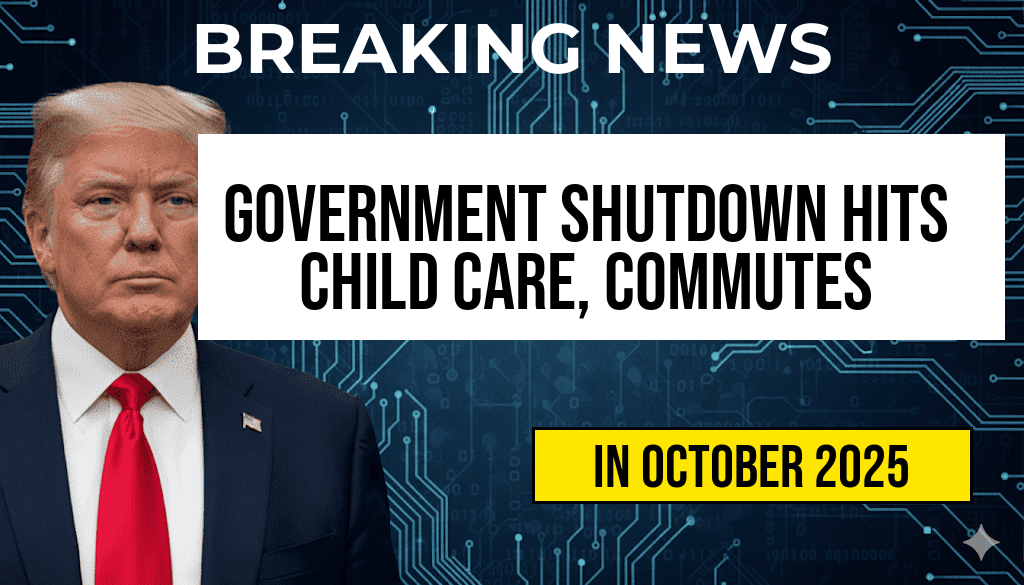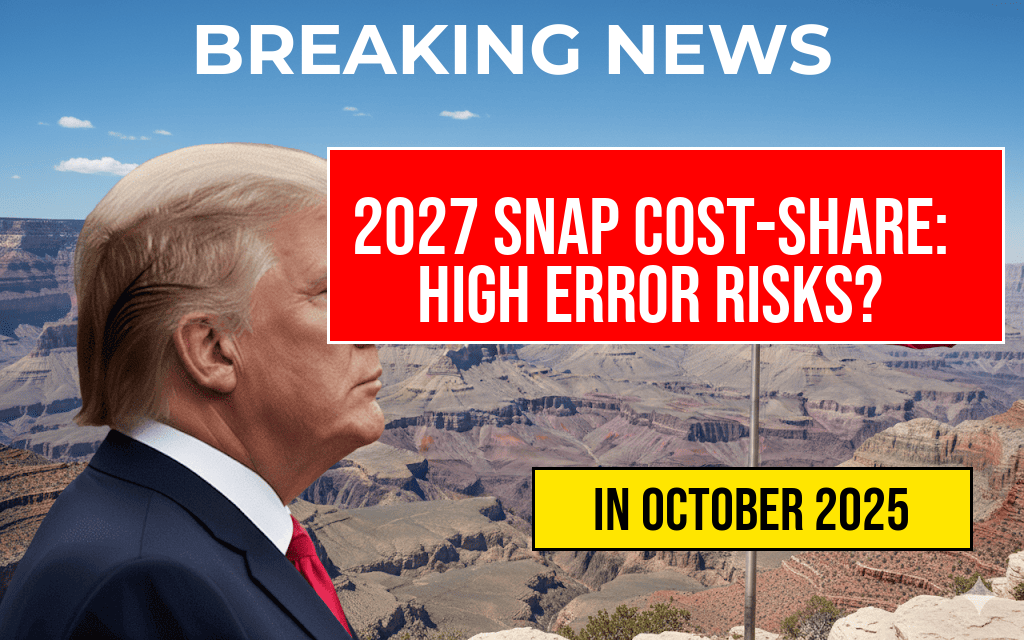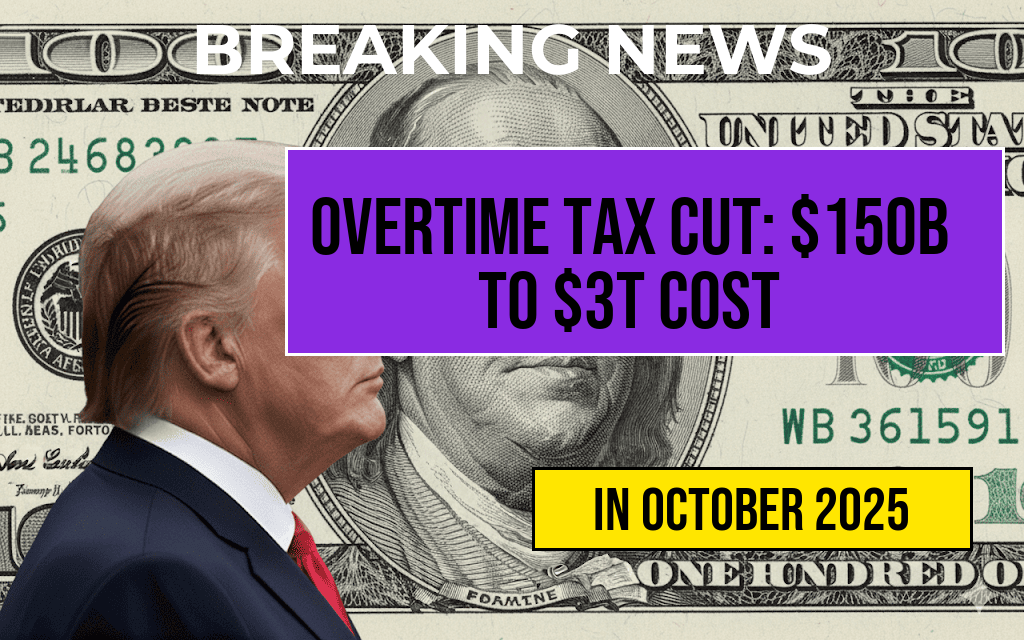As states prepare for the implementation of the new SNAP cost-share model in 2027, concerns are mounting over the potential risks for high-error states that could face significant financial ramifications. The Supplemental Nutrition Assistance Program (SNAP), a critical resource for millions of Americans, is moving towards a cost-sharing framework that requires states to match federal funds based on their performance in administering the program. High-error states, which have faced challenges in maintaining accurate benefit distribution, may see their costs balloon and could face reductions in benefits for recipients if they fail to meet new standards. Experts are now questioning the sustainability of benefits under this system and the long-term implications for food security across the nation.
Understanding SNAP Cost-Share Implementation
The SNAP program, which helps low-income individuals and families access nutritious food, is funded through a combination of federal and state resources. In 2027, a new cost-share model will be introduced, shifting some financial responsibility to the states. This initiative is designed to enhance accountability and ensure states are incentivized to reduce errors in benefit distribution.
What Changes Are Coming in 2027?
The upcoming changes will require states to pay a portion of the costs associated with SNAP benefits based on their performance metrics. The federal government will set benchmarks that each state must meet, focusing on accuracy in benefit calculation and timely distribution. States that exceed error thresholds will be penalized, resulting in a reduction of federal funds and an increase in state costs.
High-Error States and Financial Risks
According to recent data, certain states have consistently reported higher error rates in their SNAP programs. These errors can include incorrect benefit amounts, delays in processing applications, or failure to conduct timely eligibility reviews. As the new cost-share model rolls out, these states stand to face significant financial challenges.
- Increased Costs: States with high error rates may see their financial contributions to SNAP rise dramatically, as federal support diminishes.
- Potential Benefit Reductions: If states fail to improve their error rates, they may be forced to reduce benefits for recipients, impacting food security for vulnerable populations.
- Administrative Burdens: States will need to invest in training and technology to improve their SNAP administration systems to avoid penalties.
State Responses and Preparations
States are already strategizing to prepare for the changes. Some are investing in technology upgrades and staff training to enhance their SNAP administration. Others are seeking federal guidance to better understand the benchmarks and requirements that will come with the new model.
The Impact on Recipients
The changes in SNAP funding and administration are likely to have profound effects on beneficiaries. As states grapple with the financial implications of the new cost-share model, recipients could experience fluctuations in their benefits. Advocates for food security are raising alarms about the potential for increased food insecurity among low-income families if states cannot adapt quickly enough.
Community and Advocacy Responses
Community organizations and advocacy groups are mobilizing to raise awareness about the potential impacts of the cost-share implementation. Many are pushing for more comprehensive training and resources for state agencies to ensure they can meet the new requirements without compromising benefits for recipients.
| State | Current Error Rate (%) | Projected Cost Increase ($) | Potential Benefit Reduction ($) |
|---|---|---|---|
| State A | 12.5 | 5 million | 1 million |
| State B | 10.2 | 3 million | 500,000 |
| State C | 15.0 | 8 million | 2 million |
Looking Ahead
The successful implementation of the SNAP cost-share model hinges on states’ ability to reduce error rates and maintain efficient program administration. With the 2027 deadline approaching, the spotlight is on high-error states to take proactive measures to safeguard benefits for millions of Americans relying on SNAP. The coming years will be critical in determining whether states can adapt effectively to these new challenges and what that means for food security nationwide.
For more information about SNAP and the upcoming changes, visit USDA’s SNAP page or check out Forbes on SNAP benefits.
Frequently Asked Questions
What is the SNAP Cost-Share Implementation in 2027?
The SNAP Cost-Share Implementation in 2027 refers to a new framework that requires states to share a portion of the costs associated with the Supplemental Nutrition Assistance Program (SNAP). This initiative aims to reduce errors and improve program efficiency.
Which states are considered high-error states?
High-error states are those that have consistently reported significant inaccuracies in their SNAP benefit issuance and eligibility determinations. These states face potential financial penalties under the new cost-share implementation.
How might the 2027 implementation affect SNAP benefits?
The 2027 implementation could lead to reduced benefits for recipients in high-error states if those states fail to comply with new accuracy standards and cost-sharing requirements. This could impact millions of individuals relying on SNAP for food security.
What are the risks for high-error states under the new plan?
High-error states risk losing millions of dollars in federal funding if they do not improve their accuracy rates. This financial strain might lead to cuts in SNAP benefits for recipients within those states.
What steps can states take to avoid penalties related to SNAP?
To avoid penalties, states must implement better training for staff, enhance their data systems, and conduct regular audits to ensure compliance with SNAP regulations. Improving accuracy in benefit determinations is crucial for maintaining funding and support for beneficiaries.











